I am thrilled to continue our series of SLPs sharing what ideas and thoughts are in their ‘speech bubbles’. Today, Cheri from Super Power Speech is joining us to talk about the SLPs role in collaboration.
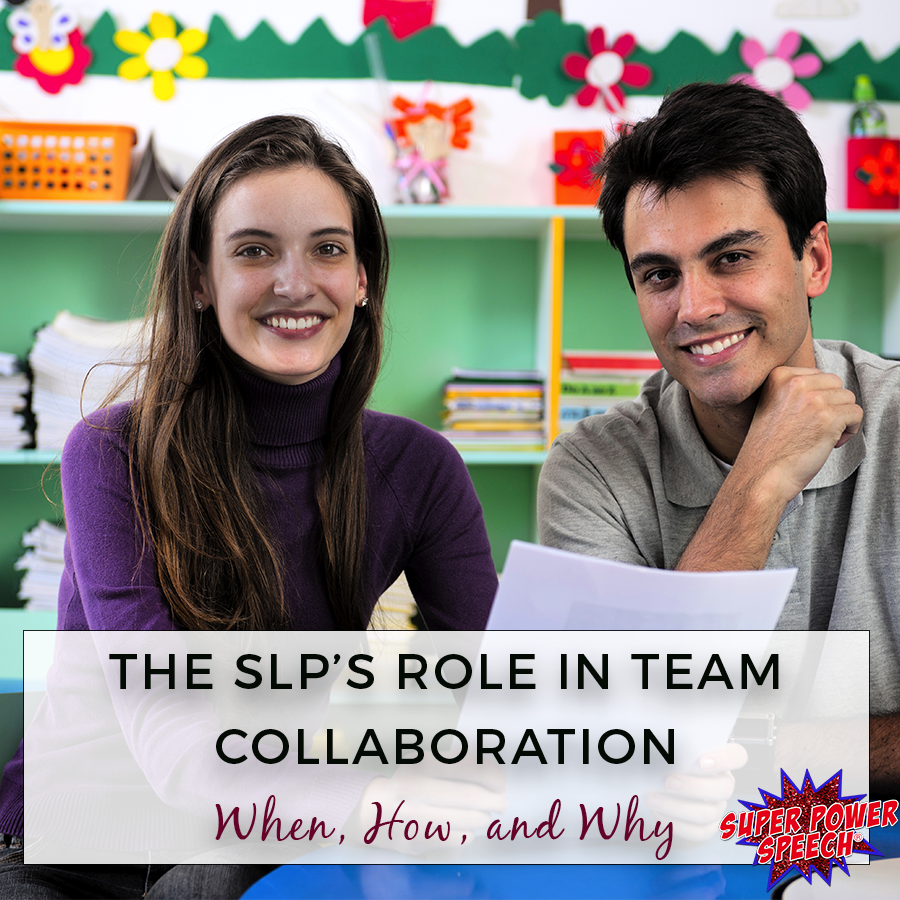
Close to ten years ago I had an epiphany. I may have been slow to figure this one out, but I pat myself on the back that I eventually did.
I always knew that I should be collaborating. Teachers came to IEP meetings and they sometimes even asked me a few questions over email. I asked for their input when I was scheduling students at the beginning of the year. I even listened to the students for whom they had speech/language concerns. For the most part, however, I was just doing my thing and trying to help students in my little speech room.
And then a new principal entered my school.
He did not come in with special education background, but he did come in with staffing and budgeting heavily on his mind. He realized that if we were going to request extra support for several of our students, we needed ALL IEP staff members (SLP, special education, general education, OT, autism specialist) meeting regularly (for some students this was weekly).
And that is when my epiphany occurred. I can not be in a speechie bubble. I cannot write a social story and just assume that it will be reinforced in the classroom. I need to work intimately with staff for those involved kids that need a team approach. I need to figure out the SLPs role in collaboration.
The SLPs role in collaboration is crucial for the success of the child receiving special education services.
There have been many barriers. These have included reluctant teachers, lack of time, overwhelming numbers of meetings. And even as the staffing amount has decreased significantly over the years, my special education teacher and myself have continue to try to schedule at least twice a month team meetings.
Our typical agenda during a meeting includes:
-Check in with the teacher on how things are going.
-Discuss how the action items have been going–should we continue or change them?
-Brainstorm ideas of what to do next.
-Assign action items as needed.
In spite of the difficulties we encounter, I am proud of our collaboration efforts. We are constantly testing hypotheses and acting on new ideas. In fact, I wish that time allowed for us to have these team meeting more often.
As this new school year gets underway, here are some tips for increasing your collaboration:
-Schedule a meeting date that most/all of the involved staff can attend.
-Make that meeting date recurring on the calendar (every 1, 2, or 4 weeks)
-Meet in the child’s classroom so you can look at and talk about the environment each time
-During the meeting, take notes in a sharable document or email. I recommend Google docs so that you can keep adding to the notes each time that you meet
-Create action items at the end of each meeting
-Do the action items and discuss at the next meeting
And what is my job as part of this large team meeting? Here are just a few things I typically end up doing:
-Creating visuals
-Creating social stories
-Lesson planning for the next speech session based on what is going on in class
-Adding tips and ideas for the teacher to do in the classroom
-Discussing accommodations
-And much, more more!
I am not the case manager for many of these involved children, however, I still have a crucial role to play. And now, after many years of practice, I can fill this role confidently!
Here’s to a year full of amazing collaboration and teamwork! Email me how you collaborate or would like to collaborate more with your team!
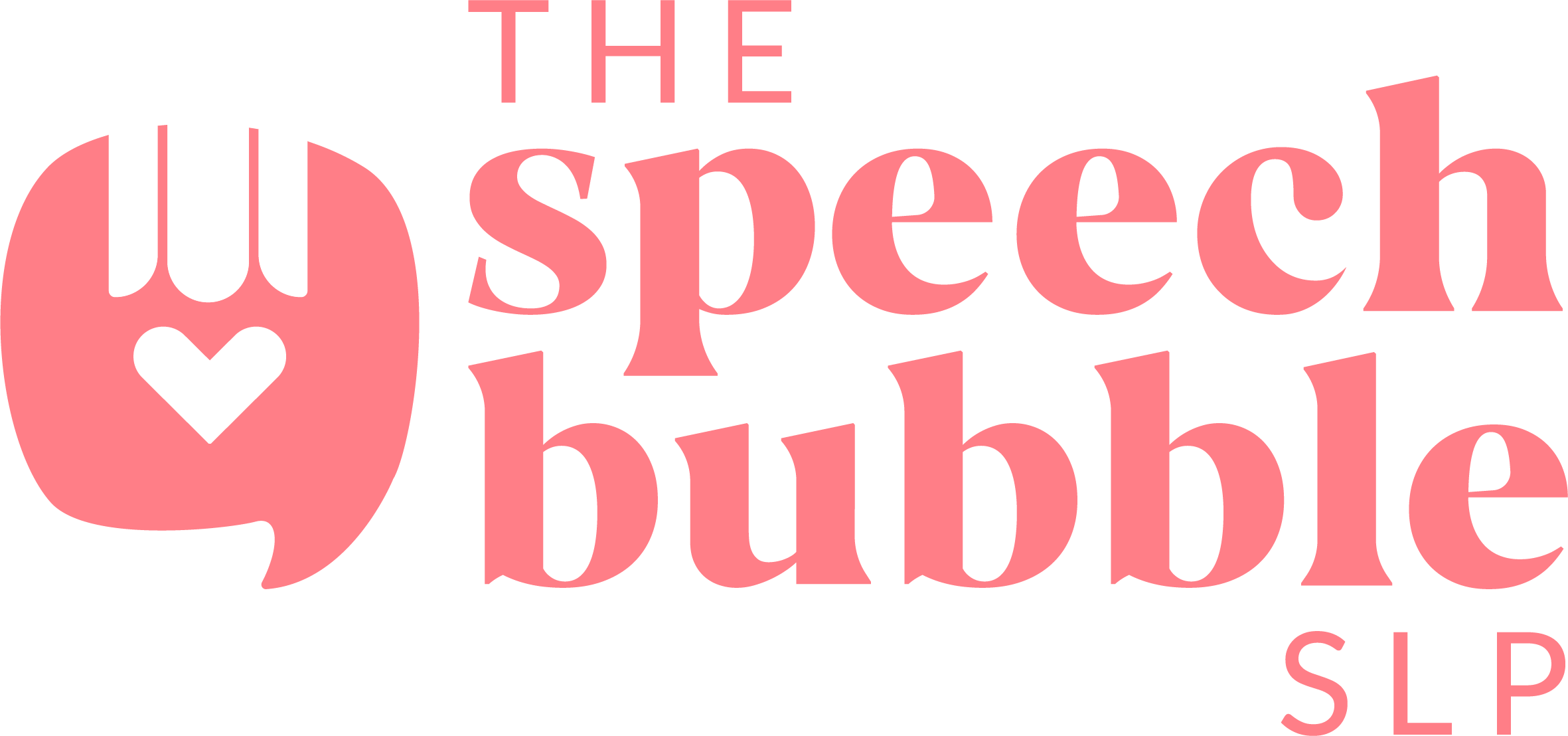
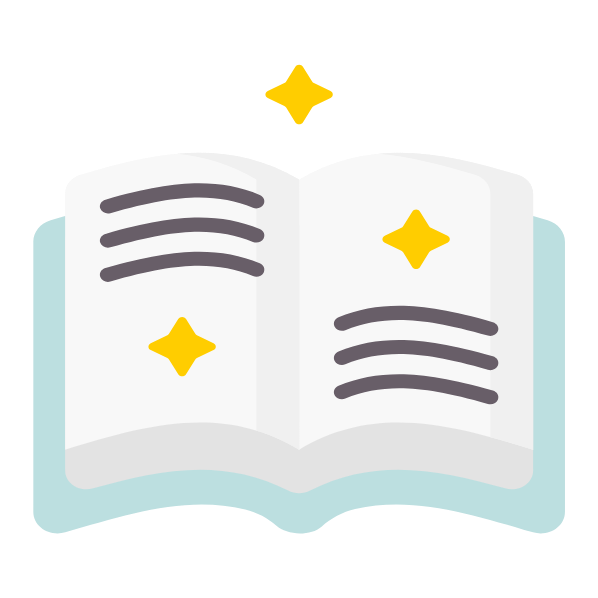

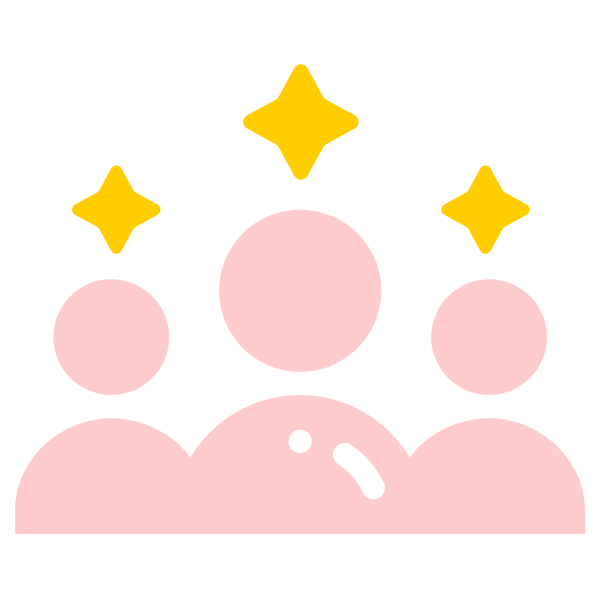
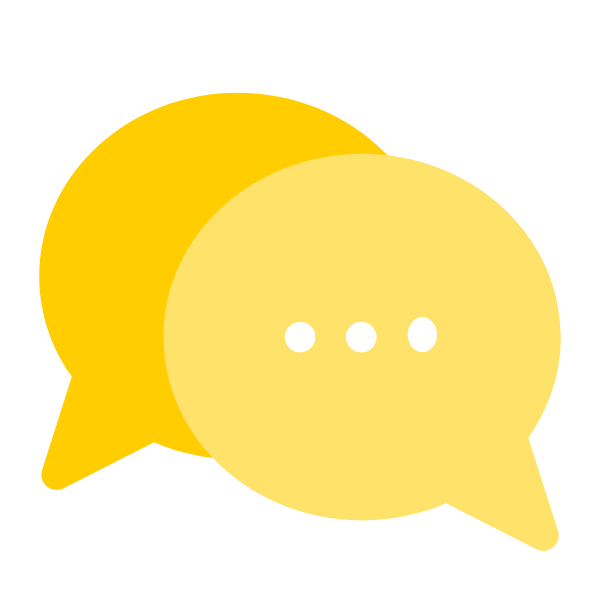


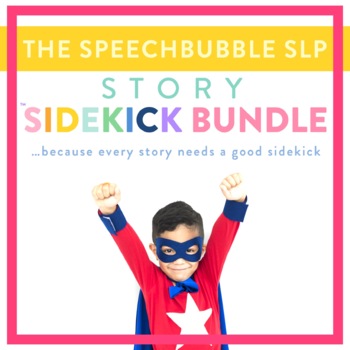
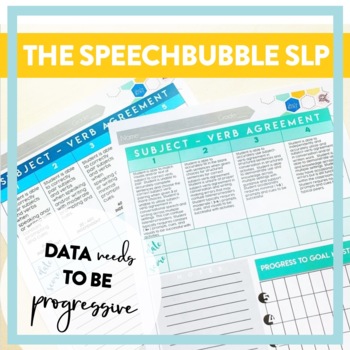
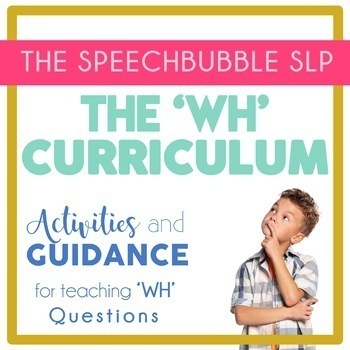


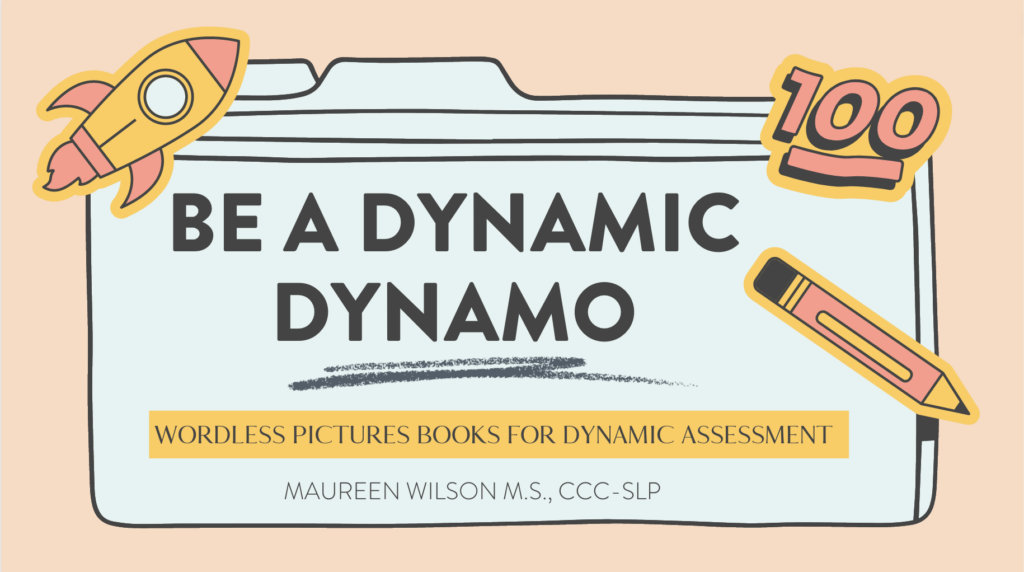
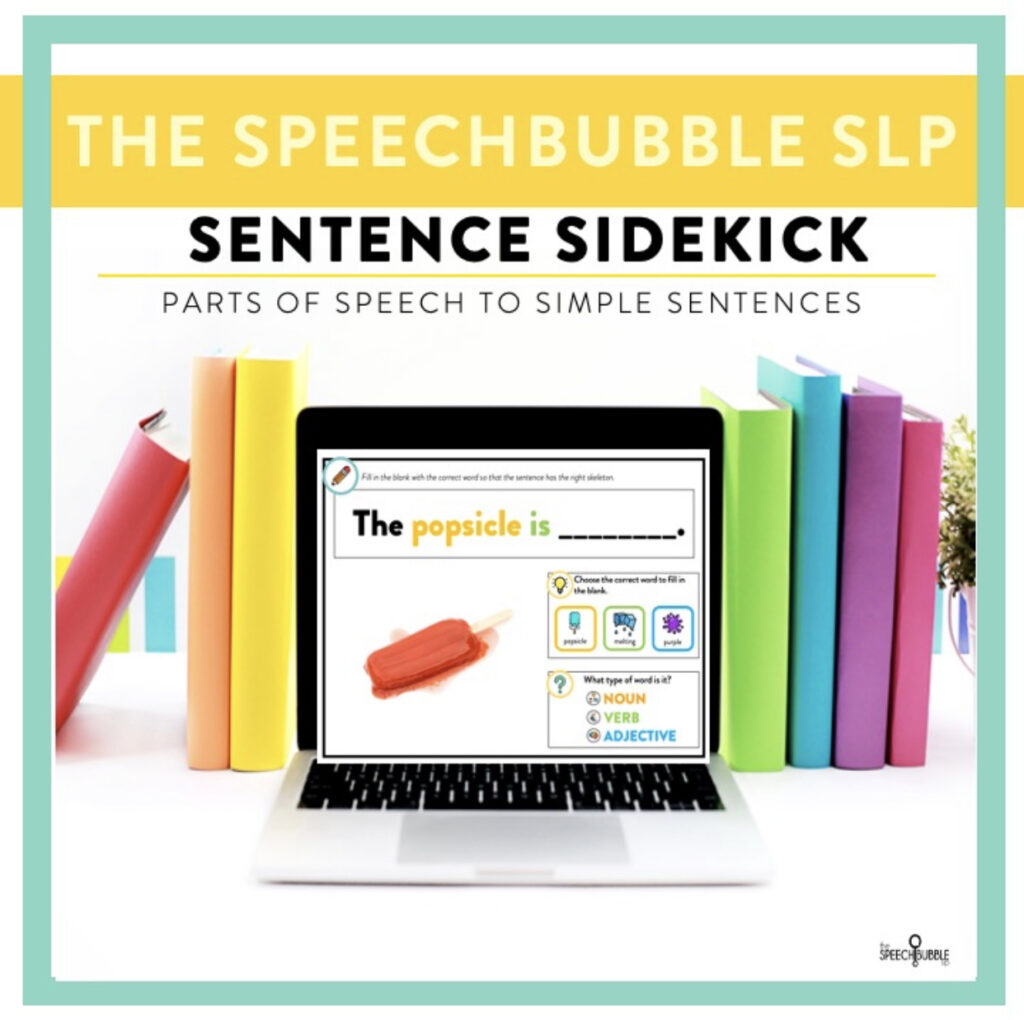
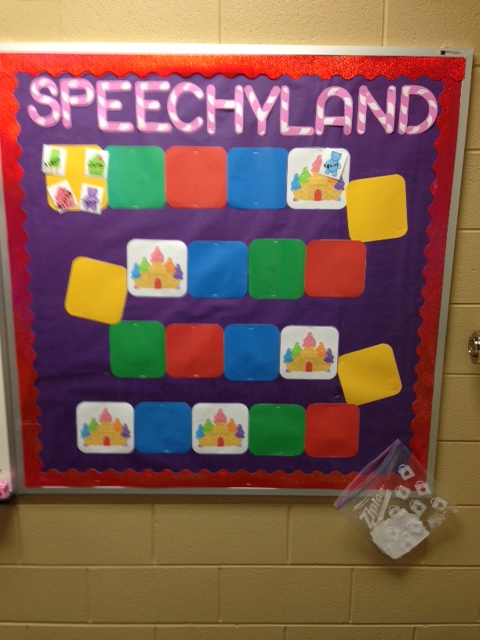

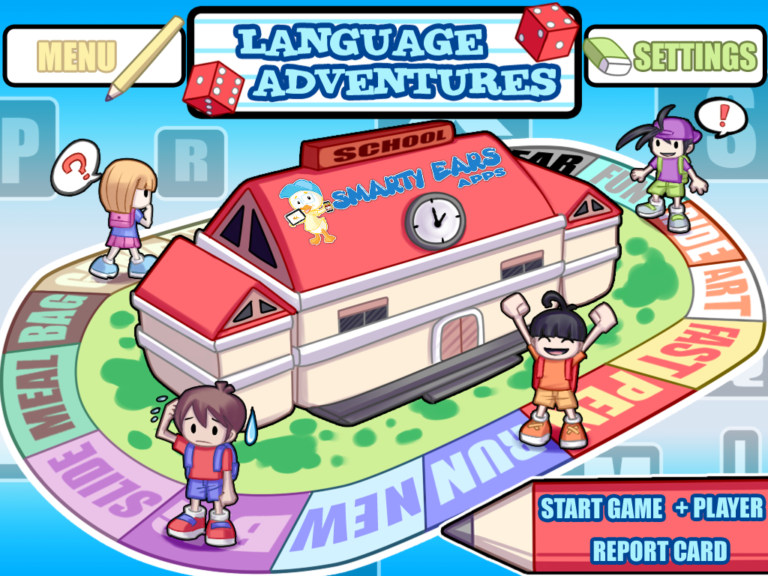
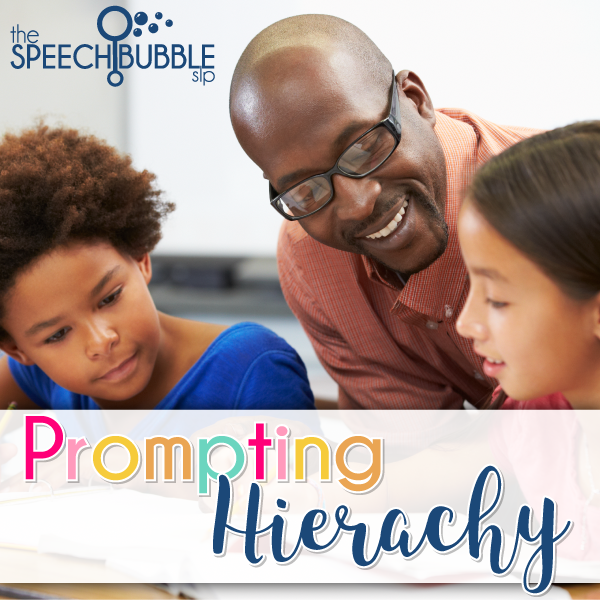

2 Responses
Do you have a copy of your collaboration form you use in in google docs?
Hi Michelle, I would recommend emailing Cheri ( the writer of this great guest post ) for that information.